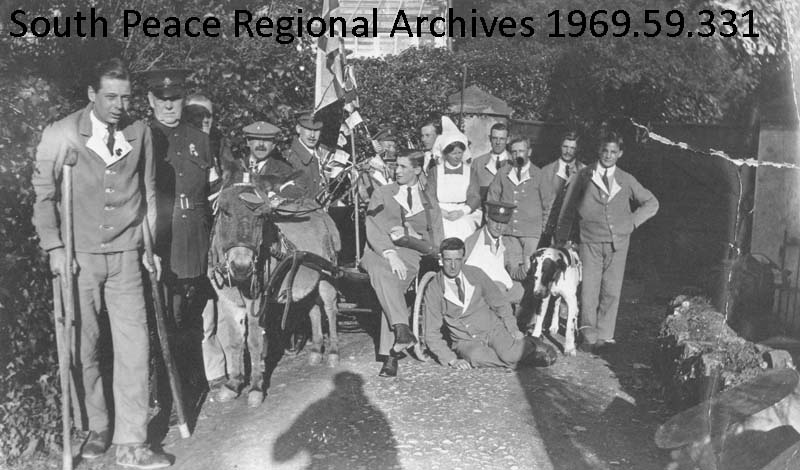The aftermath of the Great War was not nearly as well-documented as the war itself. Men gave up the practice of writing letters and keeping diaries, which have now become such a significant part of keeping their stories alive. But records were still kept, detailing medical issues, applications for pensions and land grants, and the like. And when returned soldiers were ready to open up about their war experiences, stories were told once again.
Some men had gone to serve in Siberia after the war, or stayed in France and Belgium to give their deceased comrades proper burials. Others waited to be repatriated from prison camps, or remained in England for an extended period of time before being well enough to travel home.
Sadly, as the soldiers came home, disease came with them. Up to 50,000 Canadians died of the Spanish Flu in the year following the war. The men who lived through this second wave of tragedy struggled to find their place in the regular world, which they did not find quite so normal after all. Physical and mental injuries plagued and debilitated them, and finding work and maintaining a steady income was an ongoing trial.
In his memoirs, Edward Heller (a South Peace soldier), stated that the memories remained “as though burned in so deeply as with a hot iron”, and that many wounds “though diminished in severity by the passing of years, never heal over, and most of the pain remains.”
We in the coming generations can take it upon ourselves to learn from these memories – which were indestructible to those who lived through them – and guard against such horrors taking hold of the world once again.
New: visit this map, showing where South Peace soldiers died and were buried during World War I
For more information on the final hundred days of the war, visit Veterans Affairs Canada: The Last Hundred Days
